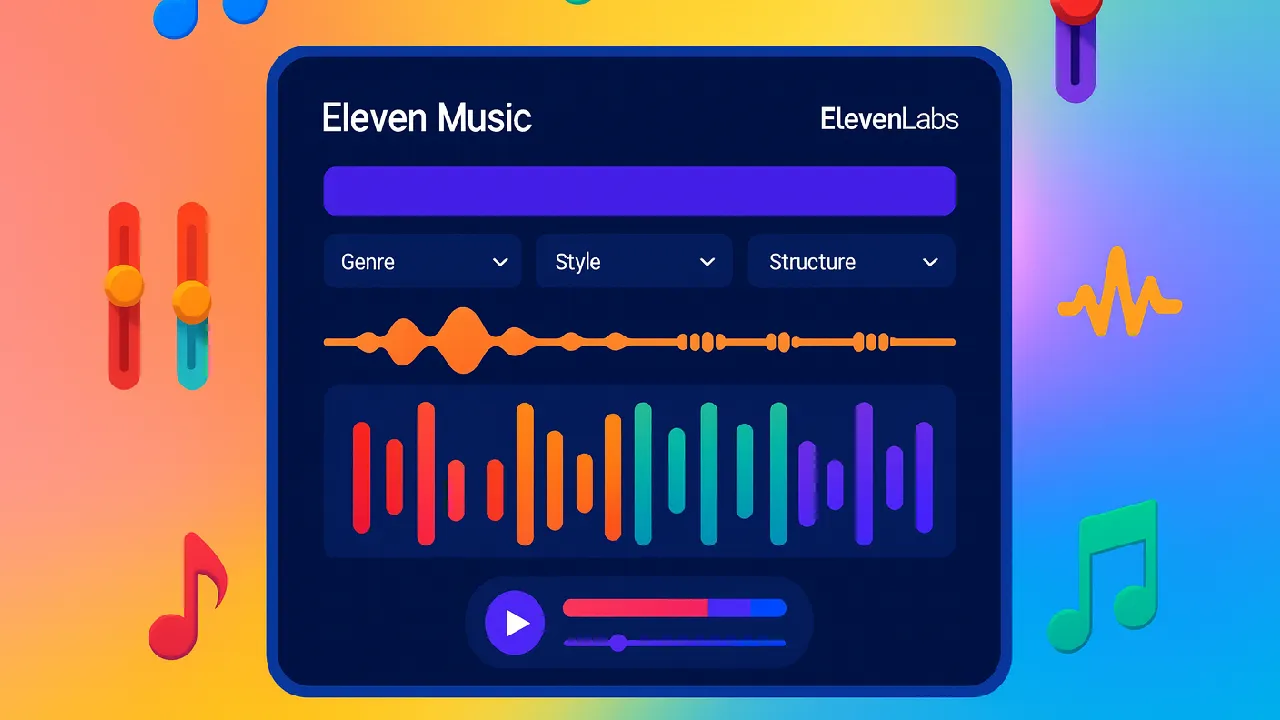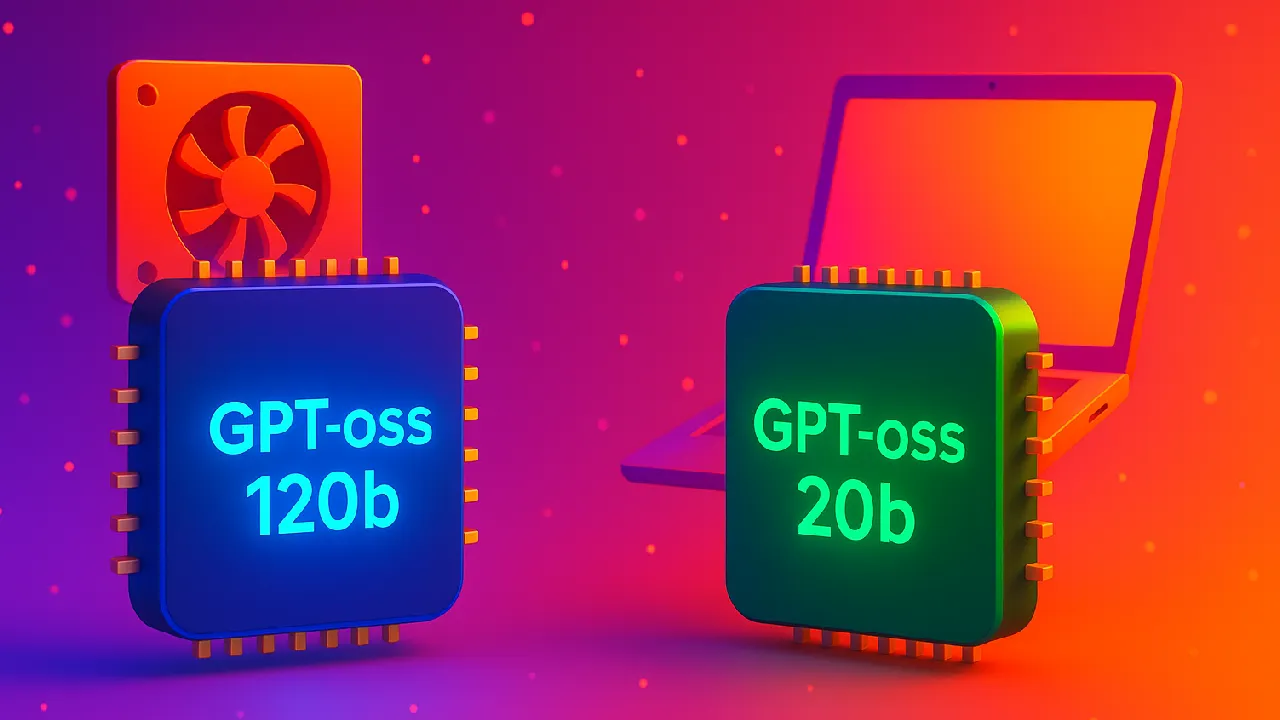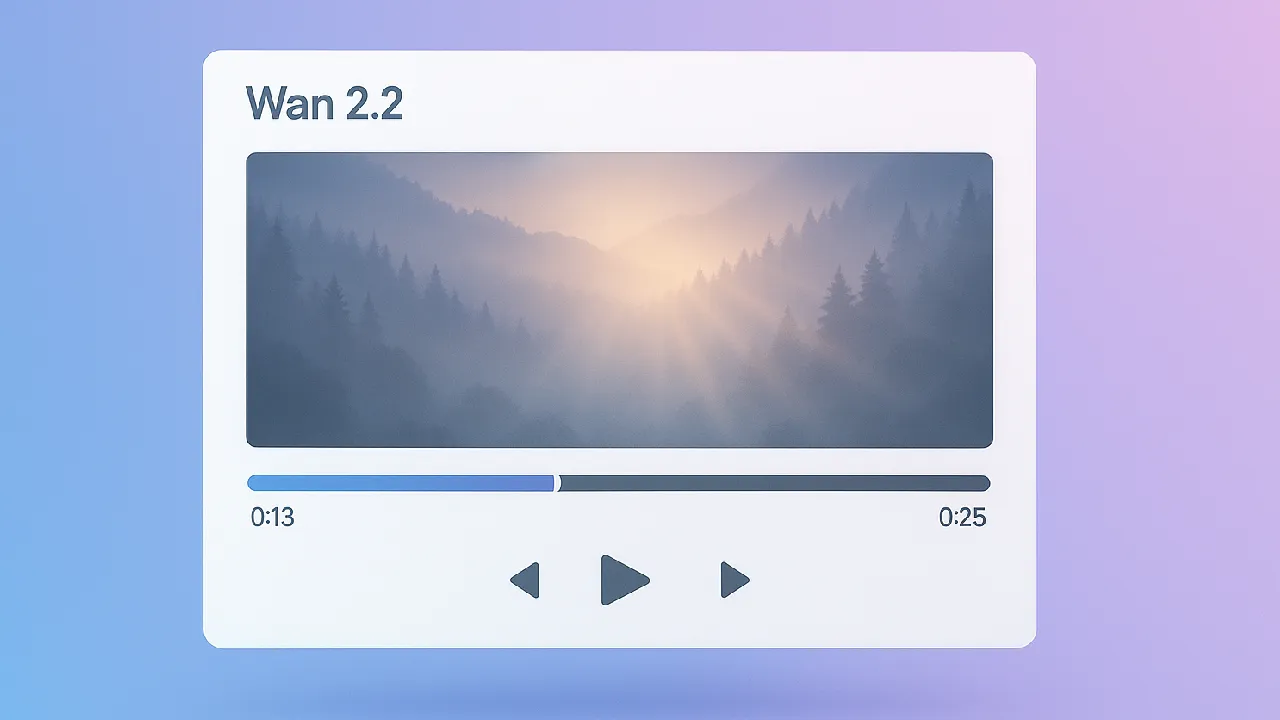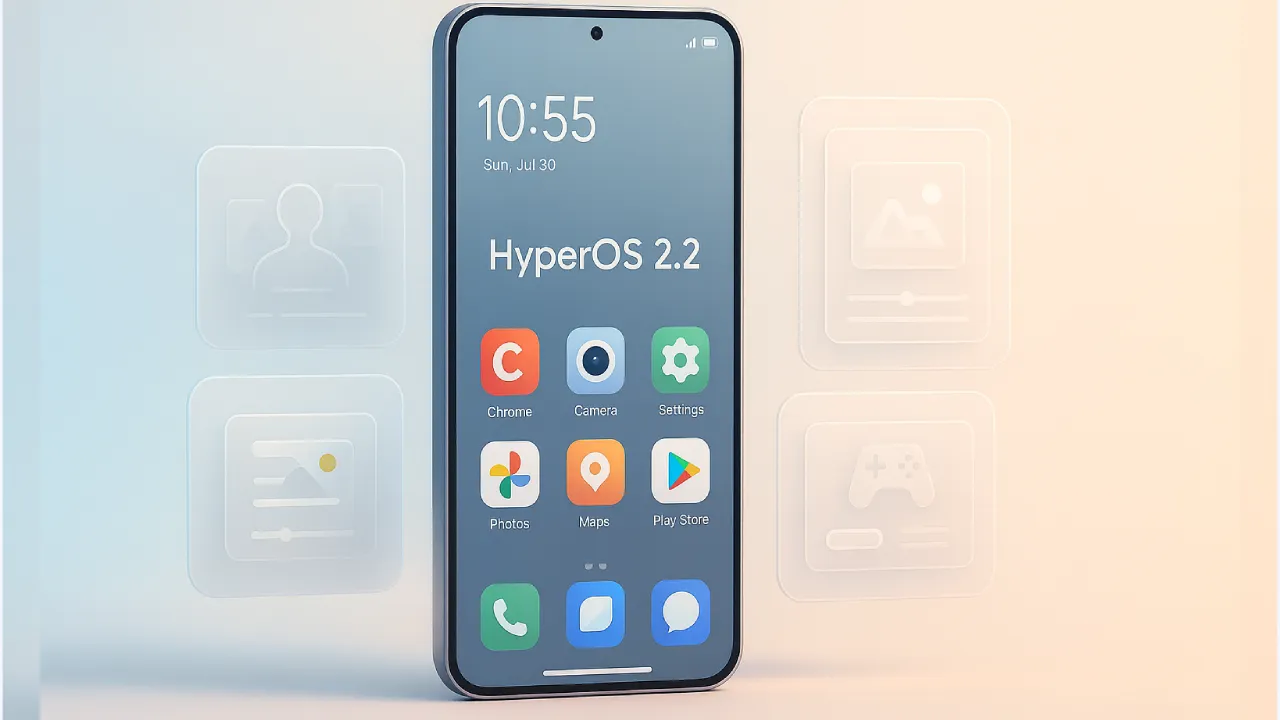In the world of SAP, seamless communication between systems is key—and that’s where SAP IDOC (Intermediate Documents) come into play. Whether you’re integrating SAP with non-SAP systems or handling data exchange within SAP modules, IDOC technology is a backbone for efficient, structured data flow.
This blog will help you understand the concept of SAP iDocs, how they work, and why every functional consultant should be familiar with them.
What is an SAP IDOC?
An iDoc (Intermediate Document) is a standard SAP object used for exchanging data between SAP systems or from SAP to external systems (and vice versa). It is primarily used in ALE (Application Link Enabling) and EDI (Electronic Data Interchange) scenarios.
Think of an iDoc as a digital document or a container that carries data in a structured format.
Why Are iDocs Important?
SAP iDocs play a vital role in automating business processes like:
- Purchase order confirmations
- Sales order transfers
- Invoice and delivery notifications
- Master data synchronization
They help businesses avoid manual entries, reduce errors, and improve processing time for high-volume transactions.
Inbound vs. Outbound iDocs
iDocs can be either Inbound or Outbound, depending on the direction of data flow:
- Outbound iDoc: Data is sent from SAP to another system.
- Inbound iDoc: Data is received into SAP from another system.
Each iDoc type is triggered either by a program/event within SAP or from an external EDI subsystem.
Technical Structure of an iDoc
An iDoc consists of the following segments:
- Control Record (EDIDC): Contains general information like sender/receiver details, iDoc type, etc.
- Data Records (EDID4): Hold the actual transaction data, arranged in segments.
- Status Records (EDIDS): Track the status and processing logs of the iDoc.
Each iDoc has a unique number per client and follows a binary format.
How is an iDoc Processed in SAP?
Here’s a simple flow:
SAP Application → iDoc Creation → Port Selection → Partner Profile → Transmission
And on the receiving end:
Inbound Port → Partner Profile → iDoc Posting → SAP Application
This chain ensures that data is transmitted accurately and reaches the right target.
Useful T-Codes for iDoc Monitoring
| T-Code | Purpose |
|---|---|
| WE02 | Display iDoc list |
| WE05 | iDoc overview |
| WE19 | iDoc testing |
| WE20 | Partner profile configuration |
| WE21 | Define port for data transfer |
| BD87 | Reprocess iDoc |
| WE60 | Documentation of iDoc types |
Why Functional Consultants Must Know iDocs
While iDocs are technical in nature, functional consultants must understand them to:
- Handle support issues involving failed data transfers
- Coordinate with ABAP developers on enhancements
- Configure partner profiles and ports
- Communicate effectively in integration projects (SAP to third-party systems)
Basic iDoc knowledge helps consultants solve real-world issues without always relying on technical teams.
Common iDoc Types in SAP
| iDoc Type | Usage |
|---|---|
| ORDERS | Sales/Purchase Orders |
| INVOIC | Billing Documents |
| DELVRY | Delivery Information |
| MATMAS | Material Master Data |
| DEBMAS | Customer Master |
| CREMAS | Vendor Master |







